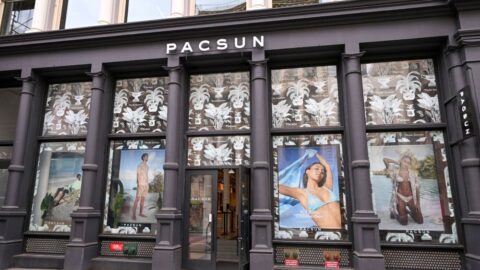Sometime shortly after December 25 when the whirlwind of 2008 is in the books, retailers will need to face the reality of recovery. They will need new strategies for the aftermath of promotions, profit shortfalls and sheer change that the past year has wrought. Many experts are pointing toward customer segmentation as the best way forward.
It may seem obvious at first because most retailers already have some kind of customer segmentation program in place. But retailers can take advantage of changes in the way customer segmentation data is collected and then executed. New segments bring new sales opportunities; changing customer segments demand new cross-channel marketing approaches.
“One of the great things about customer segmentation is the built-in flexibility it provides to retailers,” says Josh Martin senior analyst for The Yankee Group and author of several segmentation research papers. “They show the pain points and the pleasure points for different customers. They are not necessarily a snapshot of today’s customer. They are an indicator of the latent behaviors customers will exhibit in the future.”
Martin sees a key trend emerging in the customer research and execution of segments. Demographic information is still important, but taking its place on the priority list is psychographic behavior, and in turn, psychographic segments. Martin calls psychographic segmentation a “totally different approach” and one that is more easily acted on by an entire retail organization. For example, a sales person at a consumer electronics chain can be relevant to a customer if he knows their technology behavior and aspirations. Knowing simple information such as income and age may not lead to a strong relationship.
For example, Martin’s September report on mass market consumer technology adoption focused on five customer segments, but none of them were demographically-based. High-income groups were not as actionable as a segment called “technophytes.” These are consumers with the desire to be cutting-edge, but who feel no urgency to do so. This group makes up 22% of the consumer population. They drive volume as prices drop and early adopters move on to new technology. “Outlet Jockeys” are defined as the road warriors who make up 15% of the consumer population. They are willing to experiment with new mobile services and devices to achieve total connectivity.
Similar customer were profiles were identified as part of a new Retail Consumer Dynamics Study, an analysis of consumer shopping behavior and attitudes in today’s difficult economic times, released by interactive marketing services provider Acxiom Corporation and conducted by BIGresearch. With the reality that many consumers will be deferring spending, the Consumer Dynamics Study looked at how behavior may change outside of pure demographic circles. The study identified that “Savvy Spenders,” defined as mostly married, affluent and living in out suburbs, are more likely to spend sooner than other segments. The “It’s My Life” segment, defined as young consumers living in urban areas without children, is not likely to let economic conditions change their shopping behavior.
“This challenging economy creates an exceptional opportunity for retailers and consumer product manufacturers to target direct messages to specific consumer segments in order to sustain and maximize a return on marketing investment,” said Jim Harold, industry executive for retail and consumer markets at Acxiom
Cross-Channel Segmentation
Customer segmentation is also affected by cross-channel strategies. Just as consumers will reveal their behaviors and aspirations via surveys and product purchases, they will also generate data through click-stream traffic analysis and customer engagement behaviors. Take for example, the home improvement customer that clicked on an ad for a lawn mower, but didn’t buy. He may have moved on to a lower-priced model, bought from a competitor or postponed the purchase. Online and offline advertising, and then collecting the engagement data, can provide behavioral clues. They can also increase conversion rates.
“When we first started to sell online advertising, retailers were just buying space,” says Vikram Sharma, CEO of ShopLocal.com. “Now they’re not interested in space, they’re interested in people. It’s not that consumers hate ads, they just hate the wrong ads.”
Sharma’s company has created several products that put local advertising products online. For example, SmartCircular, allows FSIs to do double duty as a print insert and then as an internet-based ad for local searches. The online ads feed in-store visits. They also provide key data for potential segmentation.
“Retailers need to think cross-channel,” he says. “Let the customers have a holistic experience. It is much more important to define customer segments within all channels, not just within a single channel such as e-commerce. Internet ads will become a more important part of the mix once retailers realize that online activity can feed offline activity. Consumers spend 20% of their time on the internet, but companies only put 8% of their dollars there.”












